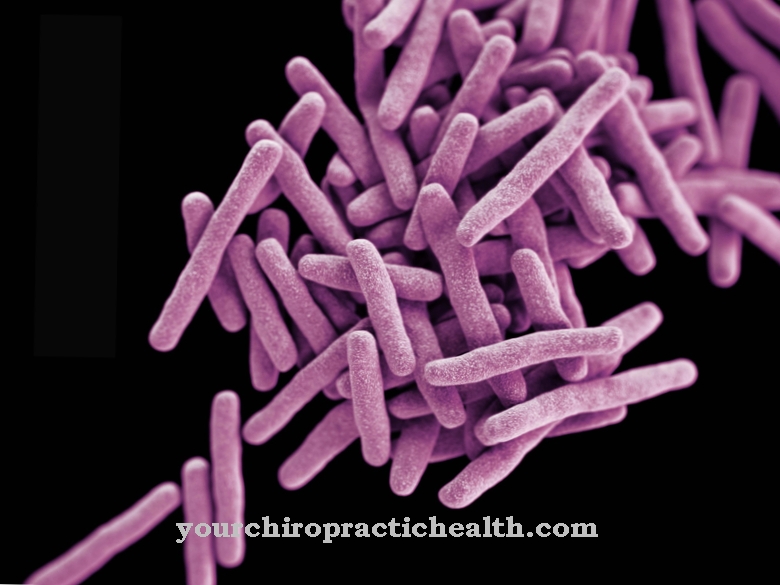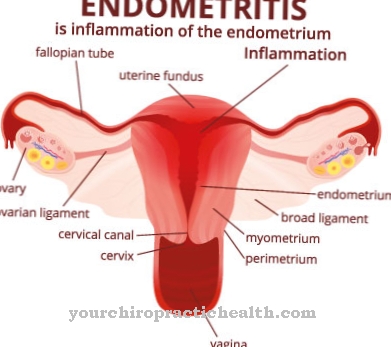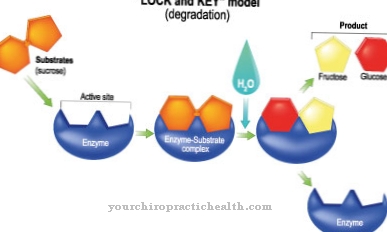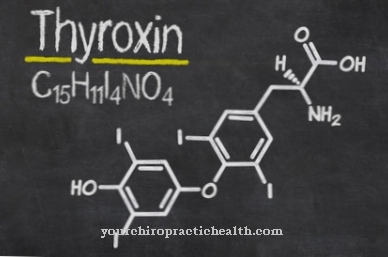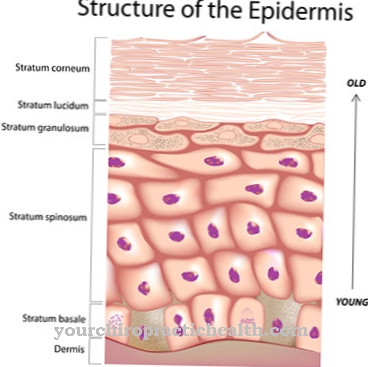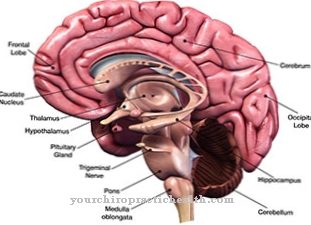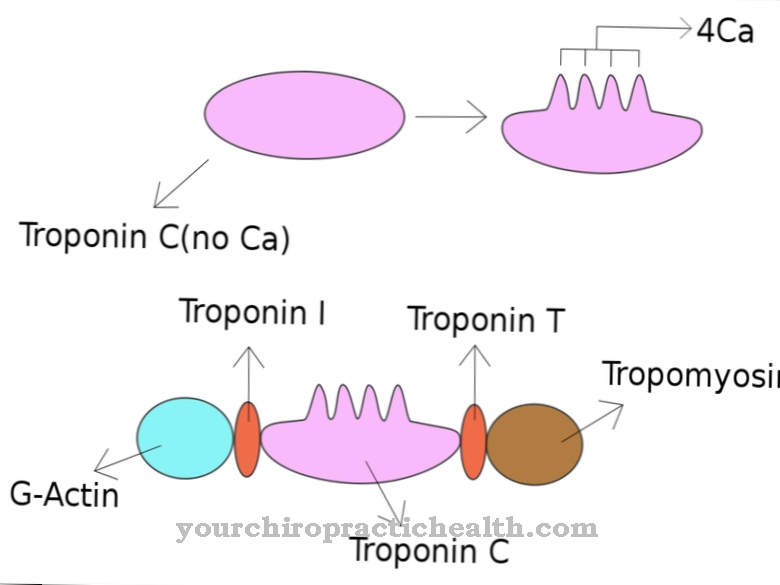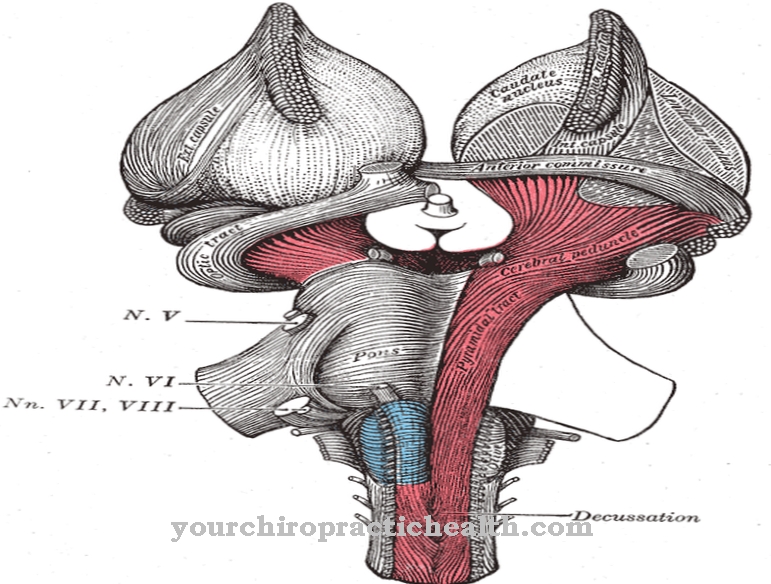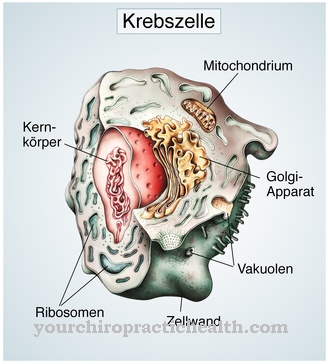The Epididymis are an important reproductive organ of the male organism. In the epididymis, the sperm coming from the testicles receive their motility (mobility) and are stored until ejaculation.
What are the epididymis?
The two Epididymis (epididymis) are an important component of the male sexual and reproductive organs in the scrotum (scrotum) at the back and above the paired testicles. The epididymis can each be subdivided into a head, tail and tail or tail section.
They serve as a storage and maturation site for the sperm, which within approx. 12 days pass the approximately 5 m long, strongly tortuous epididymis duct from the proximal segment (caput epididymidis or head of the epididymis) to the distal section (cauda epididymidis or epididymis tail), where they are stored until the next ejaculation.
During their passage through the epididymis, the sperm receive, among other things, their motility (mobility), which enables them to move independently in the female genital tract.
Anatomy & structure
Each about 5 cm in size Epididymis lie in the upper rear area of the testicles and taper downward in the shape of a crescent, where they open into a narrow canal. Generally, the epididymis are divided into head, body and tail segments.
About 12 to 15 ducts of the testes (testes) open into the head of the epididymis (caput epididymidis) and connect as single ducts the ductus epididymidis (epididymis) of the epididymis with the rete testis of the testis. These then lead into the approximately 4 to 5 m long ductus epididymidis (epididymal duct), which runs through the entire epididymis and which the sperm must pass through. In the cauda epididymidis (epididymal tail) the ductus epididymidis merges into the ductus deferens (vas deferens).
The epididymal ducts are lined by a two-layer columnar epithelium, on the surface of which there are a large number of stereovilli, which ensure an increase in surface area as well as increased absorption and secretion. The epididymis are covered by the so-called tunica vaginalis testis (peritoneal cover).
Functions & tasks
The Epididymis play an important role in reproduction as storage and maturation sites. The not yet mature sperm are passed through the ductuli efferentes (excretory ducts) into the epididymis for maturation.
When entering the epididymis, the sperm are not motile (able to move) and are therefore not able to fertilize an egg cell. During their passage through the epididymis or the epididymis, a tunnel protein (protein) is activated in the tail of the sperm due to contact with the epithelial wall, the epithelial cells of which secrete glycoproteins that are adsorbed by the sperm, which ensures the absorption of calcium ions, through which the characteristic contractive swimming movement of the sperm is guaranteed.
Before the sperm get this motility and can move independently, the immature germ cells become peristaltic, i.e. transported by the contractile activity of the connective tissue (myofibroblasts) through the head and body. The slightly acidic environment in the epididymal duct inhibits the motility of the sperm (acid rigidity).
However, the sperm only become capable of fertilization in the woman's genital tract through the so-called capacitation (activation process). The mature sperm are stored and collected in the tail of the epididymis until they are released from the epididymis into the vas deferens during ejaculation.
Diseases
The most common disease of the Epididymis consists of an acute or chronic inflammation, a so-called epididymitis, which can be attributed to different causes.
For example, the epididymis can become inflamed as a result of a sexually transmitted infectious disease (including chlamydia, gonorrhea) that has spread to the epididymis. Epididymitis can also be caused by the spread of bacterial prostate or bladder infections (including Escherichia coli, Proteus mirabilis, enterococci, Klebsiella, Pseudomonas aeruginosa) via the spermatic cord, as well as by a vasectomy or prostate resection.
Inflammation of the epididymis usually manifests itself in the form of swellings and pronounced pain in the scrotum and epididymis. If left untreated, epididymitis can lead to abscess formation and / or degeneration of the fine epididymal canals and ultimately of the testicle and thus cause infertility.
In rare cases, in the context of Hippel-Landau's disease, an autosomal dominant inherited tumor disease, benign (benign) tumors in the epididymis (cystadenomas) can also be detected, which can lead to the inability to reproduce if they occur on both sides. The most common tumor of the epididymis is the mostly cherry-sized adenomatoid tumor (also mesothelioma), which is also benign.
In addition, mumps disease (goat peter) can be associated with orchitis (testicular inflammation) in around 20 to 30 percent, which in very rare cases can also affect the epididymis. In addition, cystic structures (spermatocele) can manifest in the epididymis, which are only treated surgically when this is accompanied by pain and family planning has been completed.
Typical & common testicular diseases
- Epididymitis
- Testicular cancer
- Undescended testicles (Maldescensus testis)
- Testicular pain


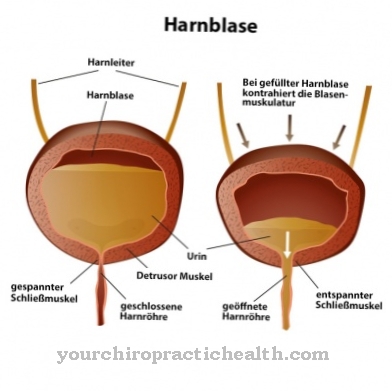
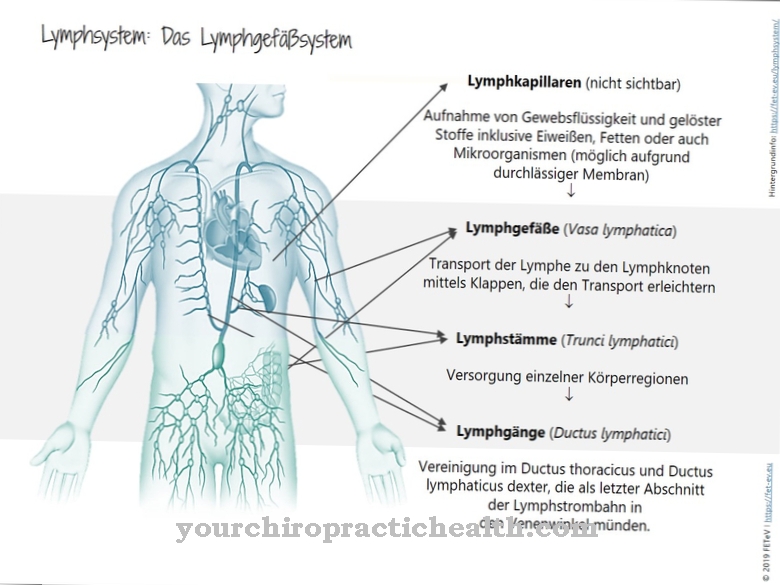





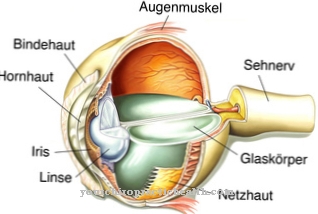
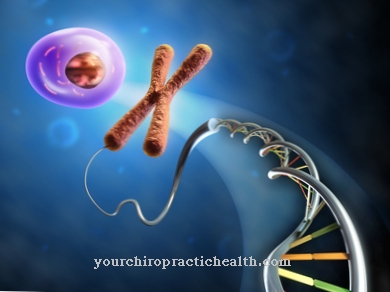
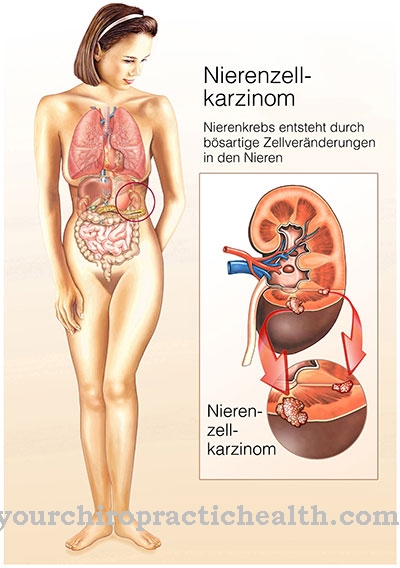
.jpg)
